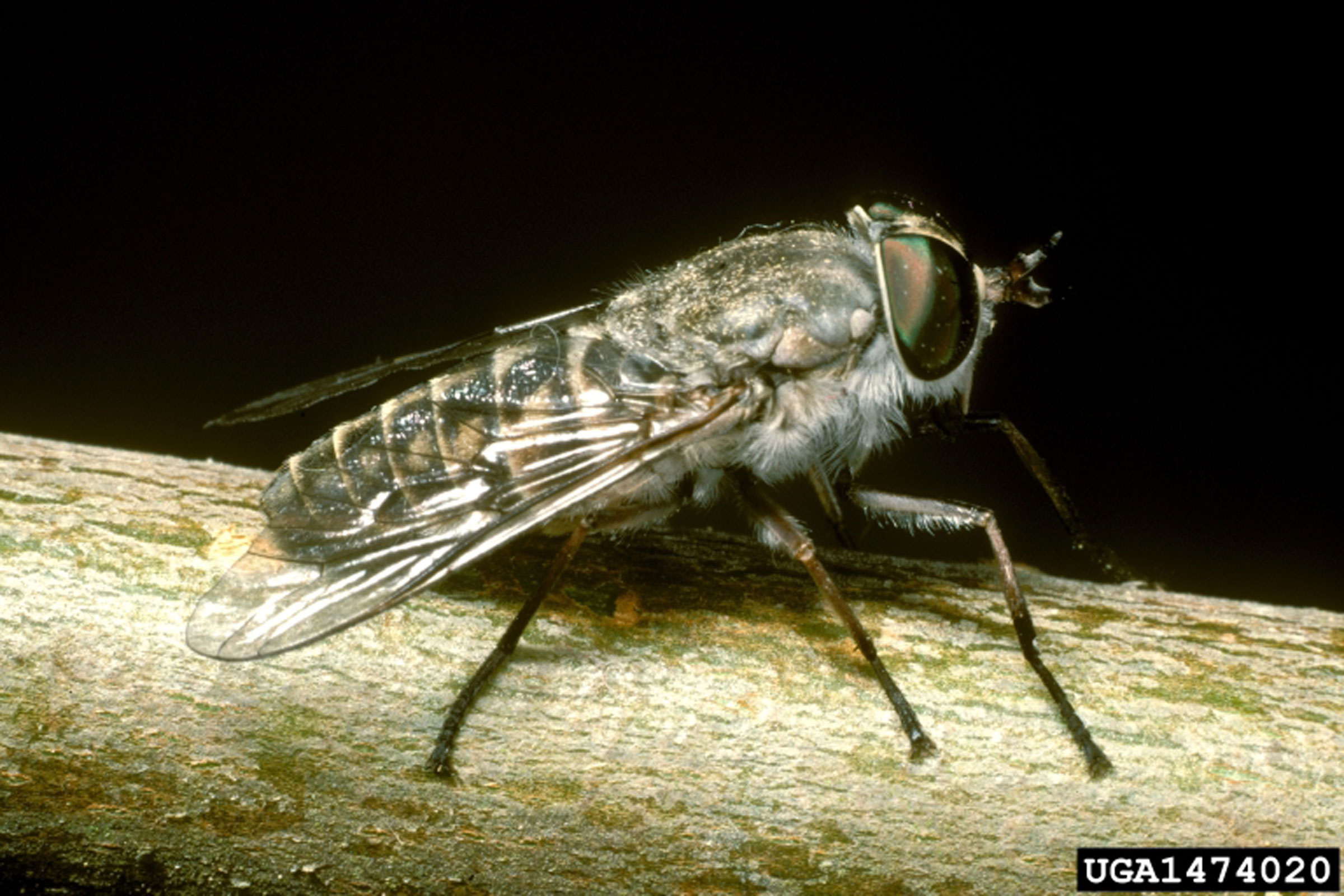
Exerting control over the environment where horses live can go a long way toward keep flies at bay, and it is environmentally friendly. By controlling moisture in the environment as well as airflow, you can make your stable less hospitable to flies.
Several species of fly, including the biting stable fly, need moisture to reproduce. Areas of dampness in and around areas where horses live can provide the perfect environment for these irritating insects to lay their eggs. Once they hatch, they feed on the blood of the horses nearby.
In order to keep fly populations in check, it’s vital to eliminate wet areas wherever possible. This means repairing leaks near pipes, hoses and automatic waterers. After periods of rain, check the barn and stable area for places where water has pooled. By filling these areas with dirt, you’ll reduce the number of places where flies can breed.
Wet bedding, hay and any other organic matter will also offer a prime breeding place for stable and house flies. Be sure to clean up soiled and damp material frequently to provide flies from laying eggs in the matter, or larvae from hatching from eggs that may have already been deposited.
Flies don’t like air that moves, particularly if it’s a fast air movement. Flies are noticeably absent on windy days, providing horses with relief from biting. While you can’t control the weather outside, you can create your own wind inside barns and breezeways with overhead fans. By attaching fans to stall ceilings, you can create a strong enough air current that flies (and other biting insects like gnats and mosquitoes) will be unlikely to land.
Placing fans that direct a downward and outward airflow at the entrance of enclosed barns can also keep flies from entering the building, according to Lee Townsend, Extension Entomologist University of Kentucky College of Agriculture.
These air control tips also work for mosquitoes, which also are not good at flying in windy conditions.
Editor’s Note: I always ran an overhead fan and a high-speed directional (box) fan in our run-in shed. My mare would get a horse fly after her, gallop down to the run-in shed, and turn her butt to the fan to dislodge the horse fly in the air stream. How she learned this is a mystery to me, but I saw her do this multiple times. So, horses know that wind currents can help them avoid biting flies!


